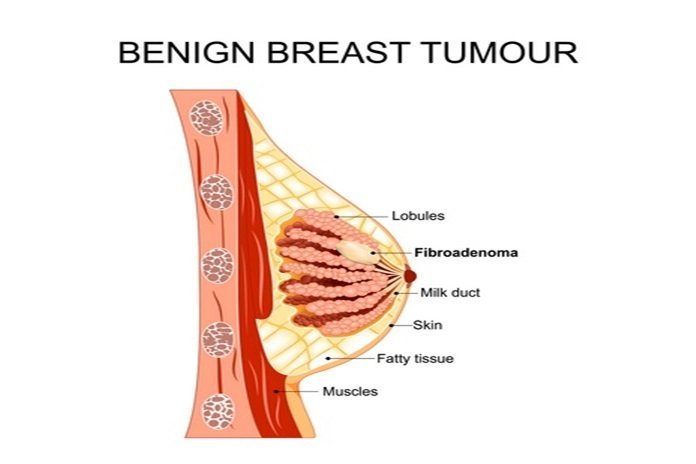Benign Breast Disease
Non-cancerous breast disorders indicate benign breast disease.
There are 3 types: non-proliferative proliferative with atypia and proliferative without atypia (atypical hyperplasia). Non-growing breast disease where the cells do not differentiate is considered non-proliferative and typically does not raise breast cancer risk. But if you have a strong breast cancer family history you may have a low, increased risk. Breast lumps with an overgrowth (proliferation) of cells but without abnormal (atypical) cells can increase the risk of breast cancer..
About 1 in 15 breast lumps show atypical hyperplasia. This means the cells are not cancer but abnormally growing. Atypical hyperplasia raises breast cancer risk by about 3 times the average. Atypical hyperplasia is rare, and if you have not been advised that these changes were shown by your breast lump, it certainly has not. But if you’re concerned, you can ask your doctor. You should always have the breast lumps immediately checked out to rule out they are not cancer.

